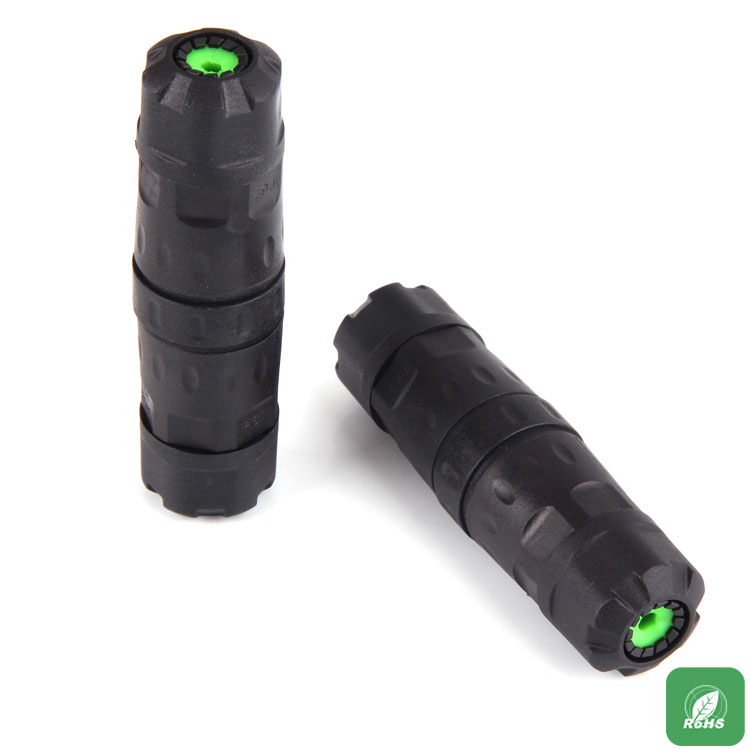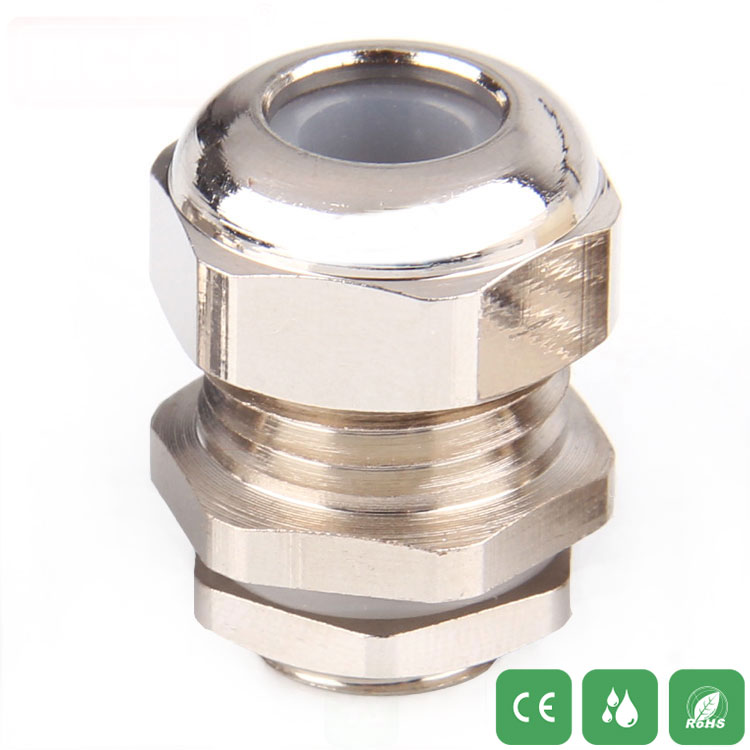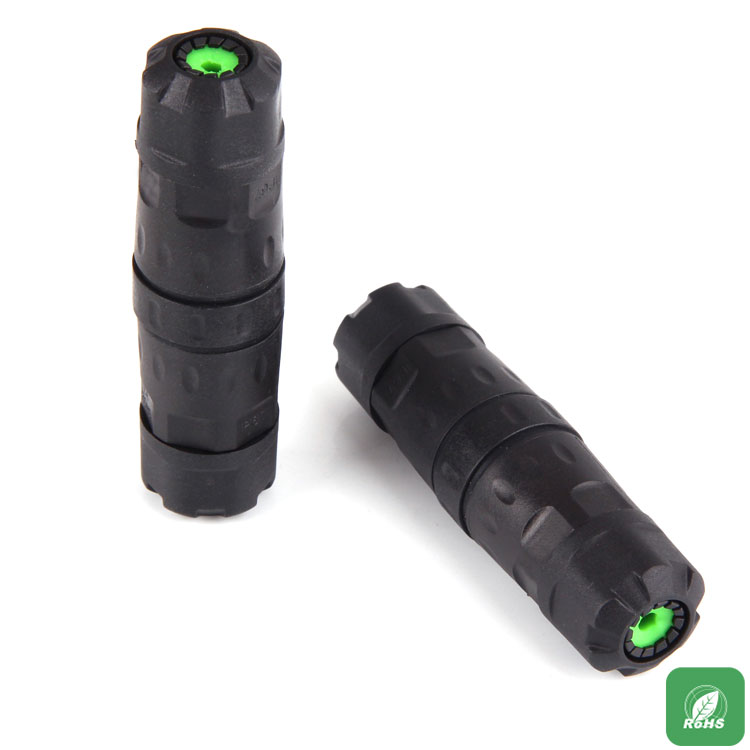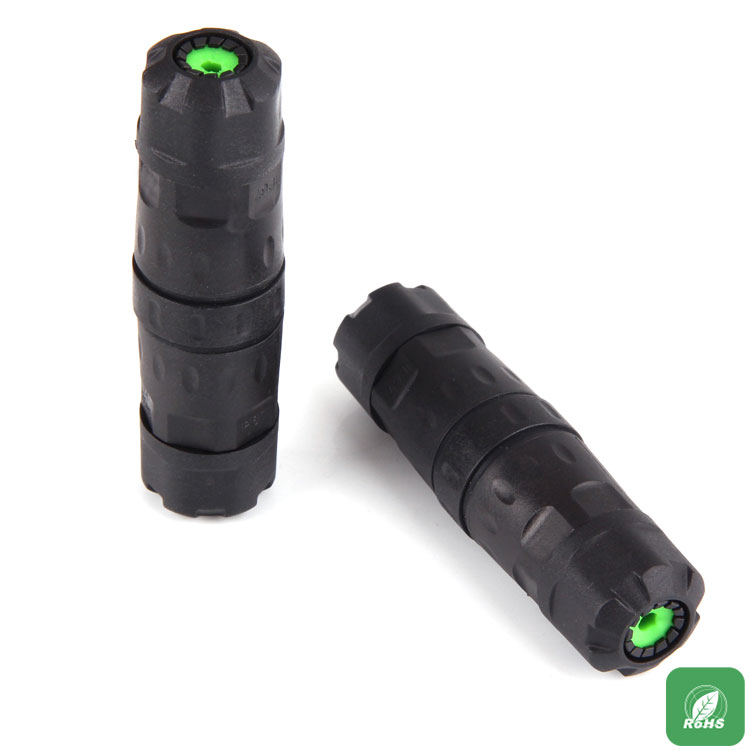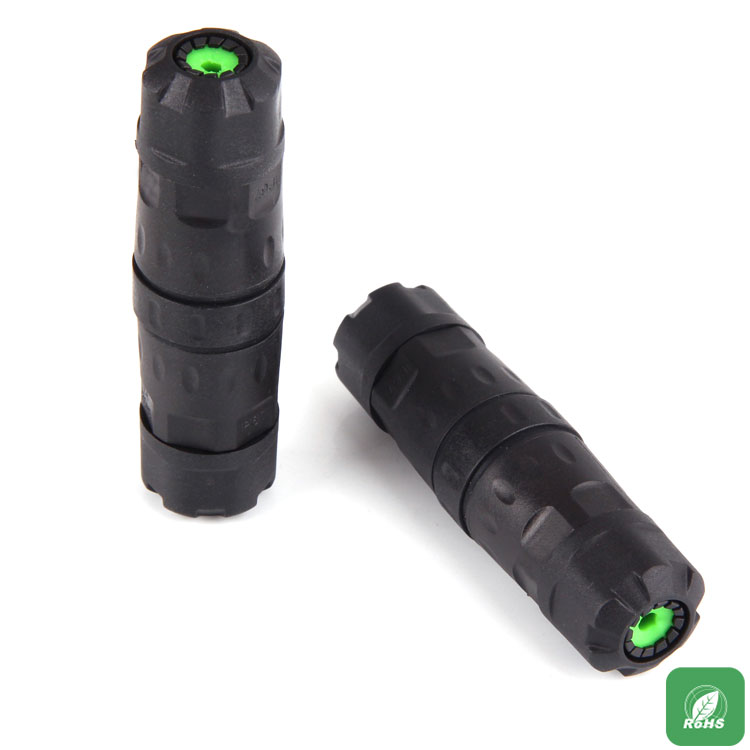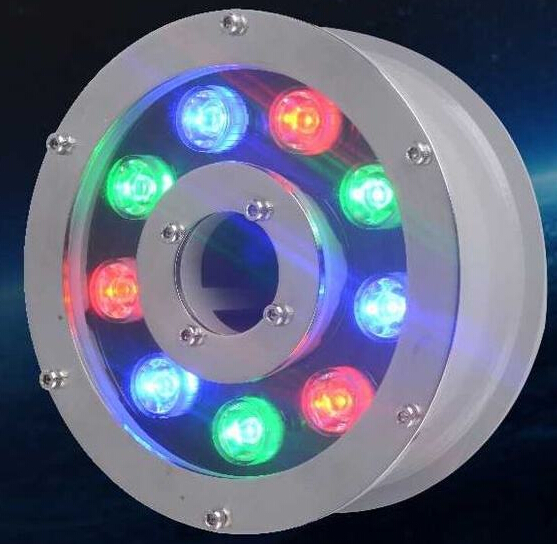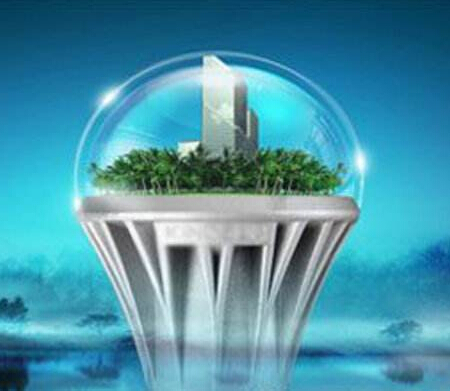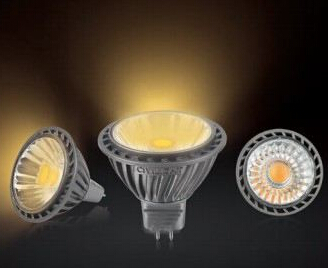1.1 Overview of Automotive Lighting and Lighting Products
Lighting fixtures are an indispensable device when driving a car. There are two main functions of car luminaires: one is to provide lighting functions inside and outside the car, that is, to illuminate roads, traffic signs, pedestrians, other vehicles, identification signs and obstacles. In addition, it provides services for reading and entertainment in the car. Lighting; the second is the signal function, providing the driver or pedestrian with a signal warning function to indicate the presence of the vehicle and to convey the driving state of the vehicle. Automotive lighting equipment is an integral part of automotive electrical appliances. It not only directly affects vehicle performance and driving safety, but also has important significance in improving transportation efficiency, saving energy, and implementing traffic regulations. Modern automotive lighting involves computer science, software engineering, electronic informatics, electrical engineering, mechanics, chemical engineering, photochromism, physiology, psychology, ergonomics, and aesthetics. It is a cross-disciplinary subject formed by the mutual penetration and intersection of various disciplines. It has its own unique functional requirements, test technology and computing technology, and is self-contained.
Types of automotive lighting, exterior lighting: headlights for headlights, front fog lamps, front fog lights, curved lights for curved lighting, direction lights, side lights when cornering , foot lighting door lights, door status lights (light only when the door is open), puddle lights, daytime lights, etc.;
Rear of the car: stop lamp, direction indicator, taillights showing the presence of the vehicle, reversing lights, license plate lights, parking lights, indicators on the mirror, high-position brake lights for window glass installation (HMSL) ), rear fog lights, etc.;
Inside the car: there are indicators such as instrument backlight, reading light, audio/door/air conditioner, variable color lighting, ambience light, dressing light, internal turn signal, trunk light, etc.
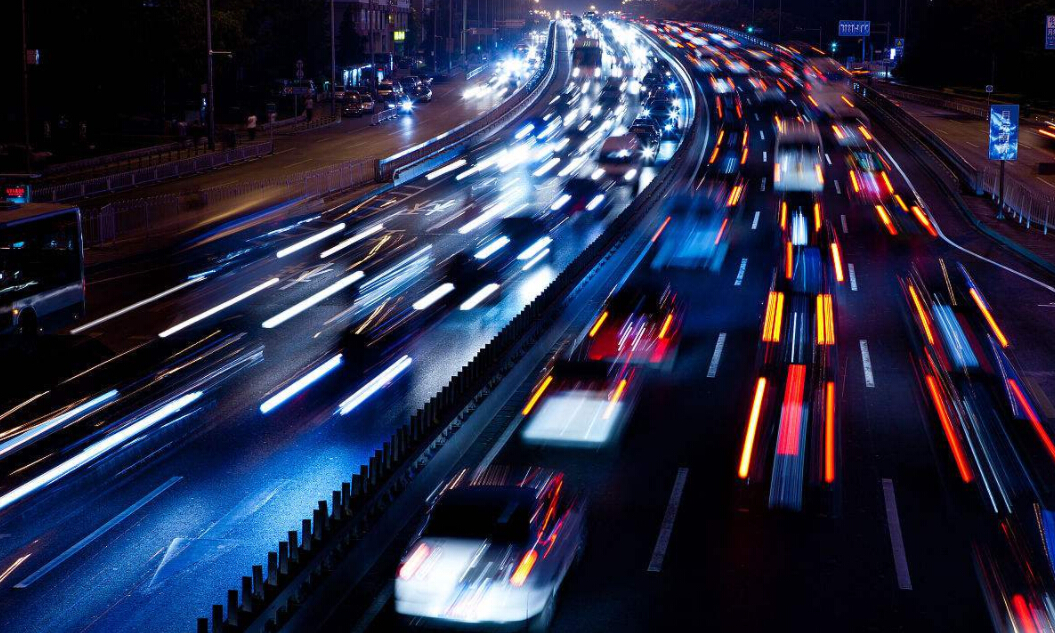
According to company statistics, the average time of each car is about one hour, 200 hours of low beam headlights, 30 hours of high beam headlights, 200 hours of brake lights, 220 hours of taillights, 75 hours of turn signals, 220 hours of parking lights. 220 hours for side lights, 200 hours for high brake lights, 25 hours for reversing lights, 220 hours for license plate lights, and 280 hours for daytime turn lights.
1.2 Automotive lighting source and lighting product development
Car lighting development history:
The development of automotive lighting has experienced kerosene lamps, acetylene lamps, incandescent lamps, tungsten halogen lamps, high-intensity discharge lamps (HIDs), LED lamps, and recently emerging laser lamps, and OLED lighting is also under development.
Intelligent taillight technology
Taillights are an important part of active safety and an important way for drivers to communicate with their vehicles. The widespread use of LED light sources in taillights continues to extend the range of smart taillights.
(1) An emergency brake light that increases the area or brightness of the brake light.
(2) Auxiliary brake signal.
(3) A brake signal having a flickering function is implemented using a novel electro-optical conversion element.
(4) Intelligent taillights that can adjust the brightness with the environment.
User-friendly interior lighting
As consumer demand for car comfort increases, car manufacturers continue to develop new technologies to alleviate the psychological stress on drivers and passengers while driving.
First, install the appropriate lighting in the door cover, handle, door trim and the footrest space of the driver's legs and legs to create a comfortable feeling. Using optical fiber as the material, applying the principle of total reflection of light to create a warm interior environment for the passengers;
Secondly, the external lighting entrance is installed. When the door is remotely controlled, the corresponding lighting system can be turned on; the sensor is used to detect the brightness of the surrounding light, and the sensed information is transmitted to the control module to determine the internal brightness. For interior lighting, how to create a tranquil atmosphere in the evening and in the darker environment is the key to design.
















 RCCN WeChat QrCode
RCCN WeChat QrCode Mobile WebSite
Mobile WebSite